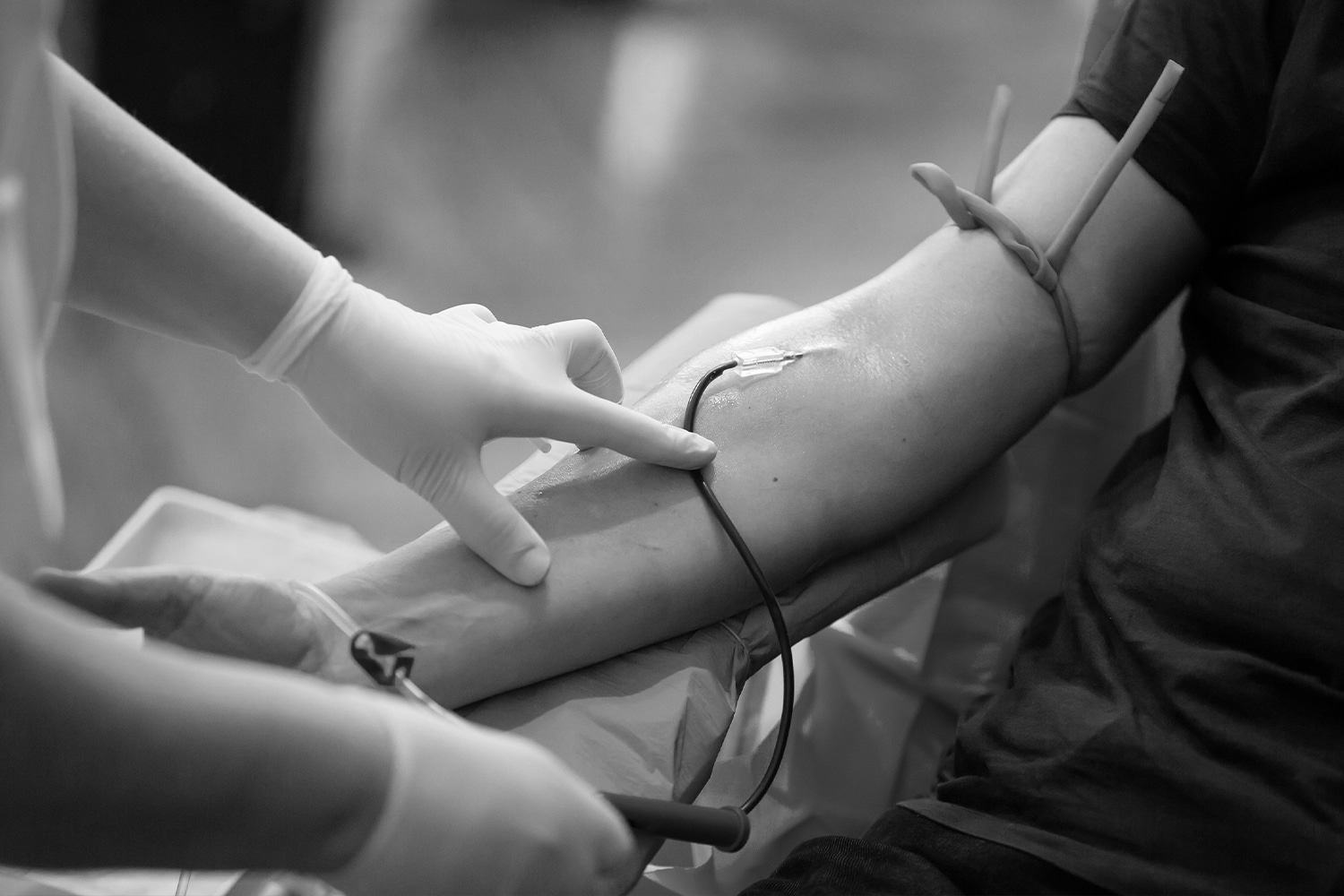The 30-Second Trick For Northeast Medical Institute - New Haven Campus Phlebotomy Course & Cna Class
The 30-Second Trick For Northeast Medical Institute - New Haven Campus Phlebotomy Course & Cna Class
Blog Article
Not known Details About Northeast Medical Institute - New Haven Campus Phlebotomy Course & Cna Class
Table of ContentsIndicators on Northeast Medical Institute - New Haven Campus Phlebotomy Course & Cna Class You Should KnowGetting My Northeast Medical Institute - New Haven Campus Phlebotomy Course & Cna Class To WorkNortheast Medical Institute - New Haven Campus Phlebotomy Course & Cna Class Things To Know Before You BuyHow Northeast Medical Institute - New Haven Campus Phlebotomy Course & Cna Class can Save You Time, Stress, and Money.Get This Report about Northeast Medical Institute - New Haven Campus Phlebotomy Course & Cna ClassSome Known Incorrect Statements About Northeast Medical Institute - New Haven Campus Phlebotomy Course & Cna Class
The usage of such devices need to be gone along with by various other infection prevention and control techniques, and training in their use.For setups with low resources, price is a driving element in procurement of safety-engineered tools. Where safety-engineered devices are not offered, experienced use of a needle and syringe is appropriate.
labelling); transport problems; analysis of results for clinical management. In an outpatient department or clinic, give a dedicated phlebotomy cubicle containing: a tidy surface area with two chairs (one for the phlebotomist and the other for the patient); a hand wash container with soap, running water and paper towels; alcohol hand rub. In the blood-sampling area for an outpatient division or facility, give a comfortable reclining sofa with an arm remainder.
Getting The Northeast Medical Institute - New Haven Campus Phlebotomy Course & Cna Class To Work
Guarantee that the indications for blood tasting are plainly defined, either in a created protocol or in documented guidelines (e.g. in a laboratory kind). At all times, comply with the approaches for infection prevention and control provided in Table 2.2. Infection prevention and control methods. Accumulate all the tools needed for the treatment and location it within safe and simple reach on a tray or cart, guaranteeing that all the products are plainly noticeable.
Where the patient is adult and conscious, follow the steps laid out listed below. Present on your own to the individual, and ask the person to mention their complete name. Examine that the research laboratory kind matches the client's identification (i.e. match the client's information with the research laboratory kind, to make certain accurate identification). Ask whether the license has allergies, fears or has ever before passed out during previous injections or blood draws.
Make the individual comfortable in a supine placement (if feasible). The patient has a right to reject a test at any kind of time before the blood tasting, so it is crucial to guarantee that the person has understood the treatment - CNA Courses.
The Greatest Guide To Northeast Medical Institute - New Haven Campus Phlebotomy Course & Cna Class
Expand the client's arm and evaluate the antecubital fossa or lower arm. Locate a vein of a great dimension that is noticeable, straight and clear. The layout in Area 2.3, reveals typical placements of the vessels, however many variants are possible. The average cubital capillary exists in between muscular tissues and is usually the most simple to pierce.
DO NOT put the needle where blood vessels are drawing away, because this boosts the opportunity of a haematoma. The blood vessel should show up without applying the tourniquet. Finding the my link capillary will assist in determining the right size of needle. Use the tourniquet concerning 45 finger sizes above the venepuncture site and re-examine the vein.
Haemolysis, contamination and existence of intravenous fluid and medication can all modify the outcomes (39. Nursing personnel and doctors may access main venous lines for samplings adhering to methods. Nonetheless, samplings from main lines lug a risk of contamination or erroneous lab examination results (http://go.bubbl.us/e327b1/a437?/New-Mind-Map). It is appropriate, yet not perfect, to injure specimens when initial introducing an in-dwelling venous tool, prior to attaching the cannula to the intravenous fluids.
Northeast Medical Institute - New Haven Campus Phlebotomy Course & Cna Class for Beginners
Failure to permit adequate call time boosts the danger of contamination. DO NOT touch the cleaned up site; in particular, DO NOT put a finger over the capillary to lead the shaft of the revealed needle.
Ask the individual to form a clenched fist so the veins are extra prominent. Get in the capillary swiftly at a 30 degree angle or much less, and proceed to introduce the needle along the vein at the most convenient angle of entrance - Phlebotomy Classes. When sufficient blood has actually been gathered, release the tourniquet prior to withdrawing the needle
The 9-Second Trick For Northeast Medical Institute - New Haven Campus Phlebotomy Course & Cna Class
Withdraw the needle carefully and use mild stress to the site with a clean gauze or completely dry cotton-wool ball. Ask the person to hold the gauze or cotton wool in location, with the arm expanded and raised. Ask the individual NOT to bend the arm, since doing so creates a haematoma.

The Ultimate Guide To Northeast Medical Institute - New Haven Campus Phlebotomy Course & Cna Class
Do not push the syringe bettor due to the fact that added stress raises the threat of haemolysis. Where feasible, maintain the tubes in a rack and move the shelf in the direction of you. Infuse downwards right into the proper coloured stopper. DO NOT eliminate the stopper since it will certainly release the vacuum. If the example tube does not have a rubber stopper, infuse extremely gradually right into the tube as lessening the pressure and velocity made use of to move the specimen lowers the danger of haemolysis.

Report this page